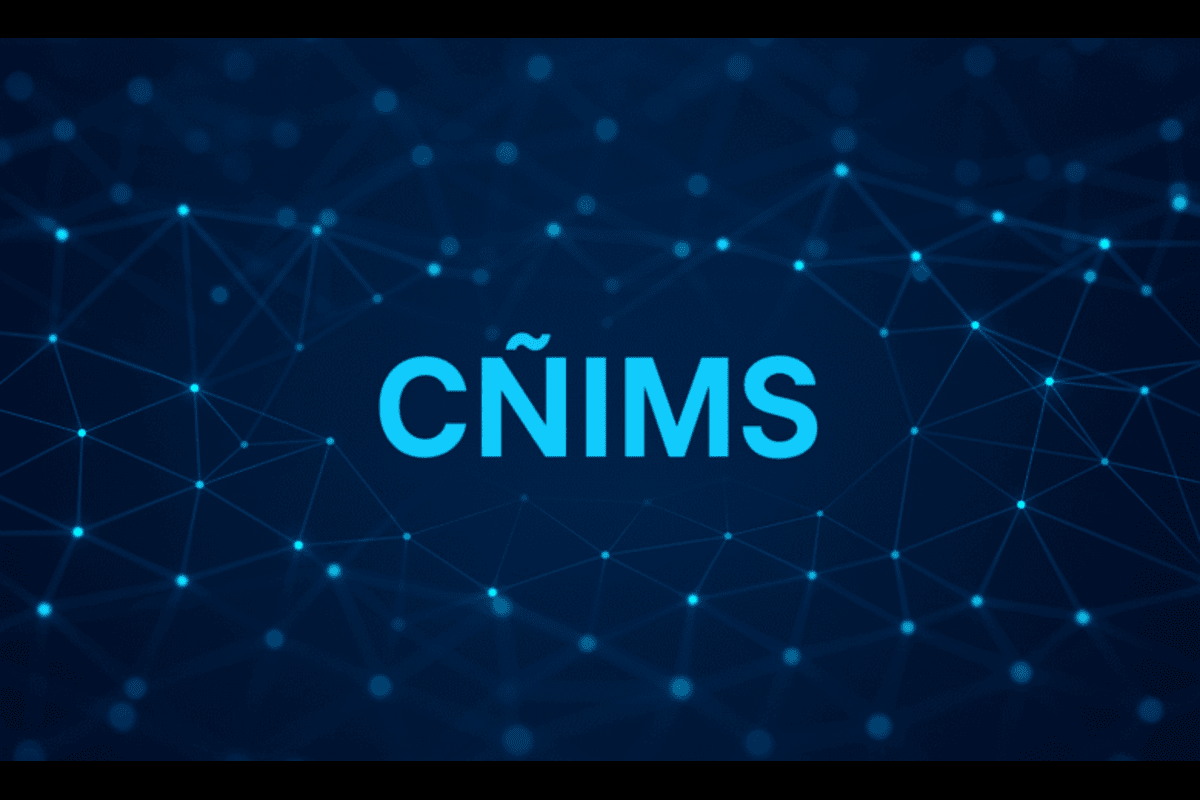When exploring the complexities of modern technology and communications, the term “cñims” generates a fascinating debate. You may have encountered this keyword in various contexts, but its meaning isn’t always obvious. In this article, we explore the concept of cñims, examining its definition, implications, and relevance in today’s digital landscape
What does “cñims” mean?
Although at first glance the term “cñims” may seem like a typo or a random jumble of letters, it is essential to clarify its possible meaning. While “cñims” is not widely recognized in formal or informal vocabulary, it can be interpreted in different ways depending on the context.
For our purposes, let’s assume that “cñims” is an emblematic representation of concepts closely related to communications, data transmission, and even elements of contemporary digital culture and sociotechnical frameworks. From this perspective, we can explore the evolution of digital communications, the importance of context, and the need for clarity in our interactions.
The Importance of Context in Digital Communication
In the realm of digital communication, context plays a crucial role in the reception and interpretation of messages. Misunderstandings can often arise from a lack of clarity or contextual anchoring, a phenomenon we’ve all experienced when communicating via text messages, social media, or email.
1. Language and Communication
Incorporating unique terms or symbols like “cñims” into our digital lexicon facilitates innovation and creativity. However, with the introduction of new terminology, it becomes imperative to maintain rigorous communication practices. Whether it’s technical jargon or common expressions, clarity must always prevail.
2. Deciphering Symbols and Acronyms
With the increasing use of emojis, abbreviations, and specialized terminology, the language of the internet has evolved considerably. In the digital age, “cñims” could hypothetically represent an acronym, perhaps designating a technical process or communication protocol. For example, it could refer to “Complex Networked Information Management System,” a fictional but plausible interpretation highlighting the management of complex data networks, the barriers to effective communication, or collaborative technological trends.
Technological Advances and Their Influence
The rapid evolution of technology has significantly transformed the way we communicate. The emergence of applications and platforms that simplify or disrupt traditional communication channels further complicates the landscape.
The Role of Digital Platforms
Today’s users navigate a multitude of platforms, each designed for specific purposes: social media, messaging apps, and business communication tools. Since acronyms like “cñims” can suggest innovative technologies or methodologies, it’s possible to analyze how these platforms foster new forms of interaction.
Interaction across different touchpoints—whether via email, video conferencing, or instant messaging—drives us to consider how we can leverage these digital solutions. Adapting to new languages and symbols leads us to reflect on how people interpret and perceive innovative approaches to communication
Innovations in Communications Equipment
Also, let’s not forget the hardware that facilitates communication. The emergence of smartphones, tablets, and smartwatches is impacting the way we stay connected. Technological advances create new complexities, such as understanding the meaning of CIS in many digital contexts.
Challenges of Misunderstanding
In a world where CIS can have multiple interpretations, the repercussions of misunderstanding can hinder international interactions. Here are some common challenges that arise:
1. Language Barriers
Language can be a significant barrier to digital communications, especially when specific terms are involved. Mastering a “language” isn’t limited to vocabulary; it also depends on cultural nuances that influence meaning, whether they stem from social norms, professional jargon, or emerging slang.
2. Varying Interpretations
Ambiguity can lead to multiple interpretations of the same term, and this also applies to CIS. The same term can have different meanings depending on technical knowledge, cultural contexts, and even personal experiences.
3. Social Dynamics
Social group dynamics can influence the adoption, understanding, and use of terms like “cñims.” It is crucial to understand audiences’ understanding or familiarity with specific terminologies, as a common language fosters connections and understanding.
The Future of Digital Communication
Addressing the future means facing complexity and embracing advancements.
Redefining Communication Frameworks
With technological advances and the intensification of global interactions, communication frameworks must evolve. Adopting new paradigms, including understanding and respect for different interpretations, such as “cñims,” promotes inclusion and cooperation.
Embracing Clarity and Precision
In a digital world, it is essential to adopt precise language and remain open to new ideas. In our creations and exchanges, clarity is the cornerstone of effective communication: it enables us to share knowledge and bridge cultural gaps.
Conclusion: Understanding Cñims in a Broader Context
While the term “cñims” may raise questions and spark curiosity, it serves as a valuable springboard for addressing broader issues of communication in the digital age. It highlights the need for contextualization, the impact of technological advancements, and the importance of clarity in our interactions. As we navigate this ever-changing digital world, embracing ambiguity and seeking precise dialogue will pave the way for more robust and inclusive exchanges, whether when interpreting cñims or any other evolving term within our shared lexicon.
In conclusion, although the meaning of “cñims” may be difficult to pinpoint, if we approach our conversations with openness and clarity, we will undoubtedly pave the way to understanding in an increasingly interconnected world.
TAGGED:
cñims










